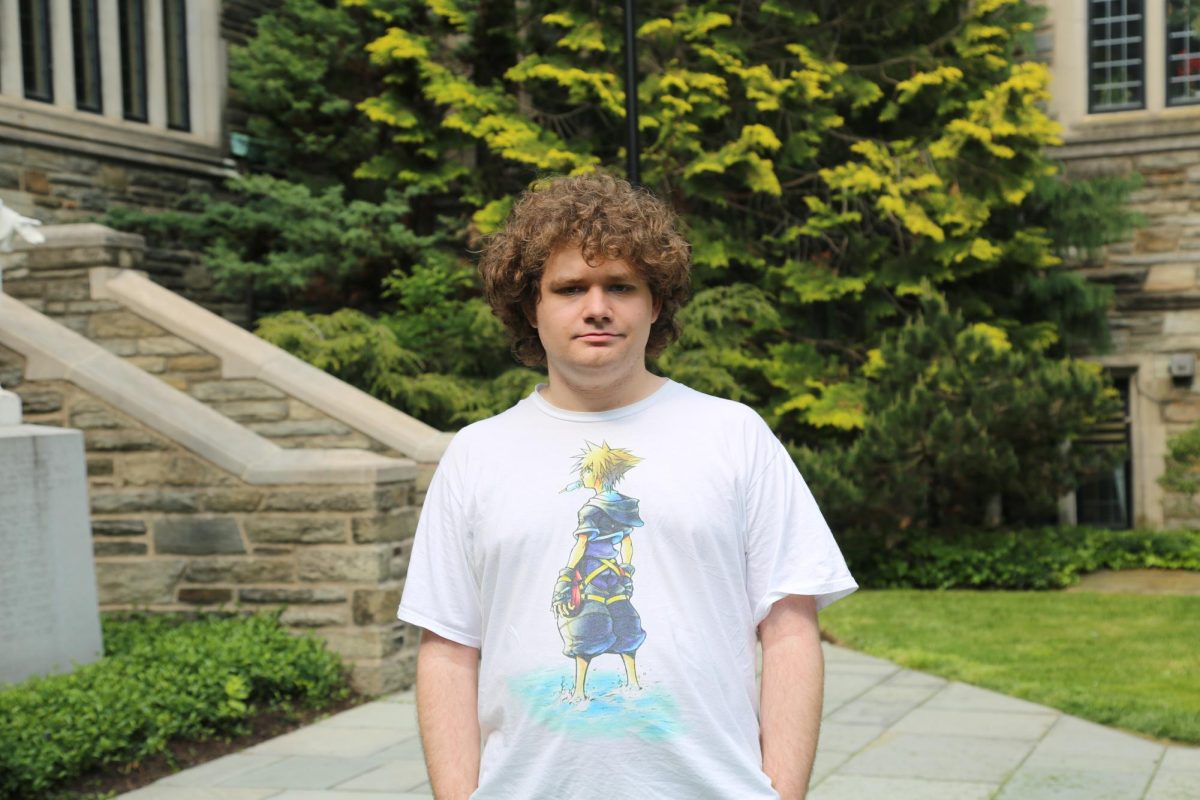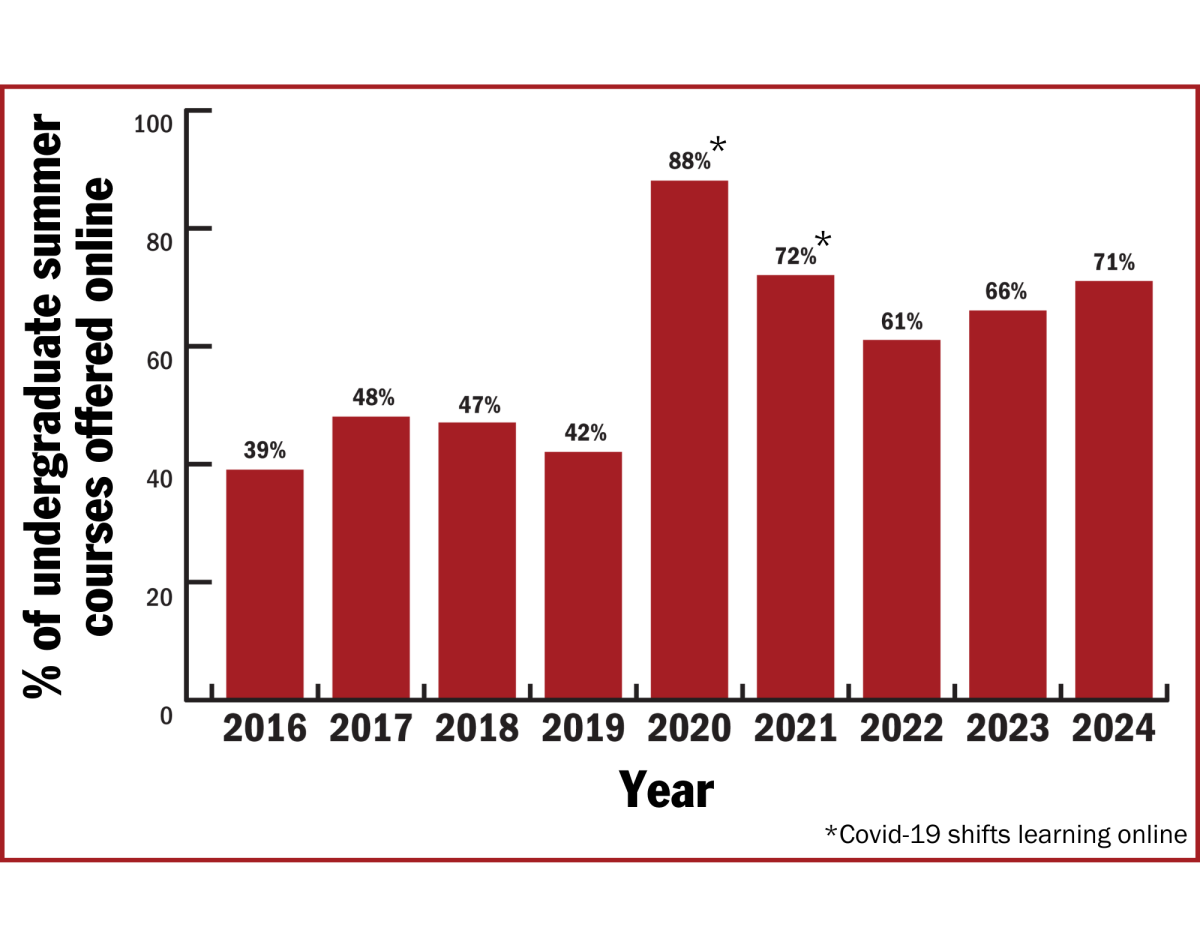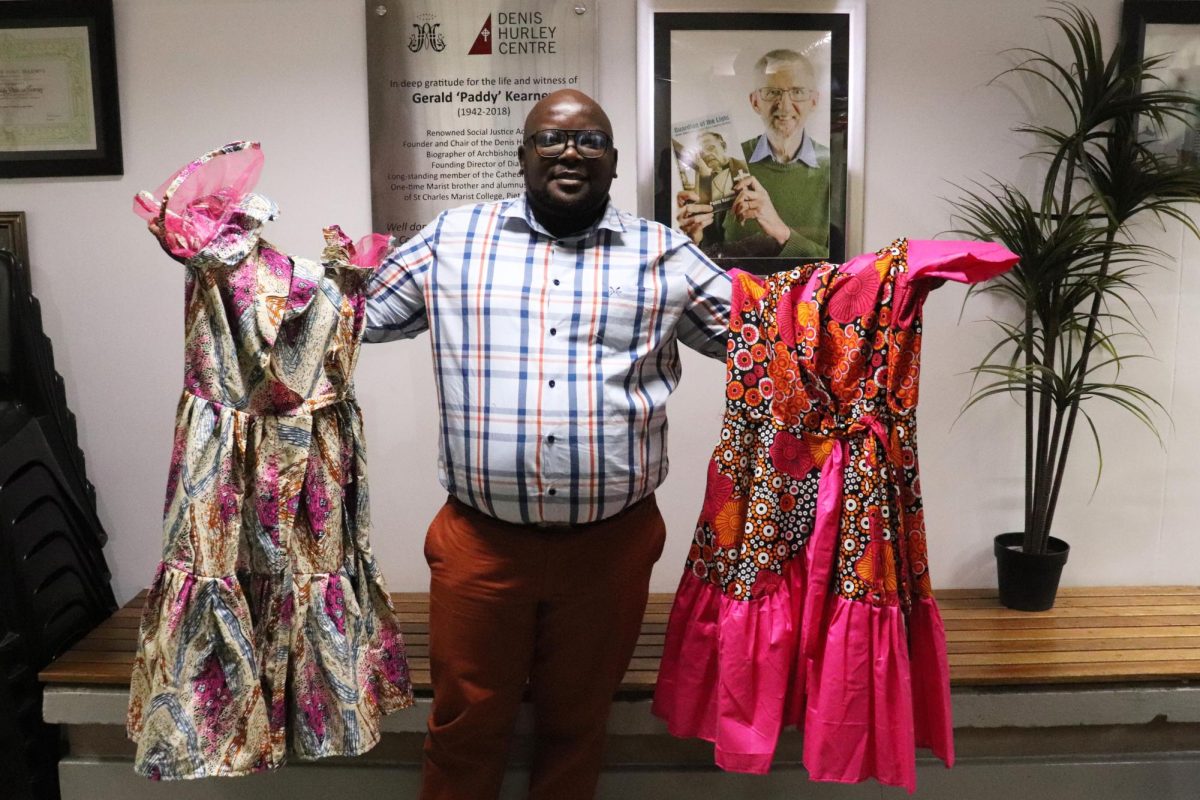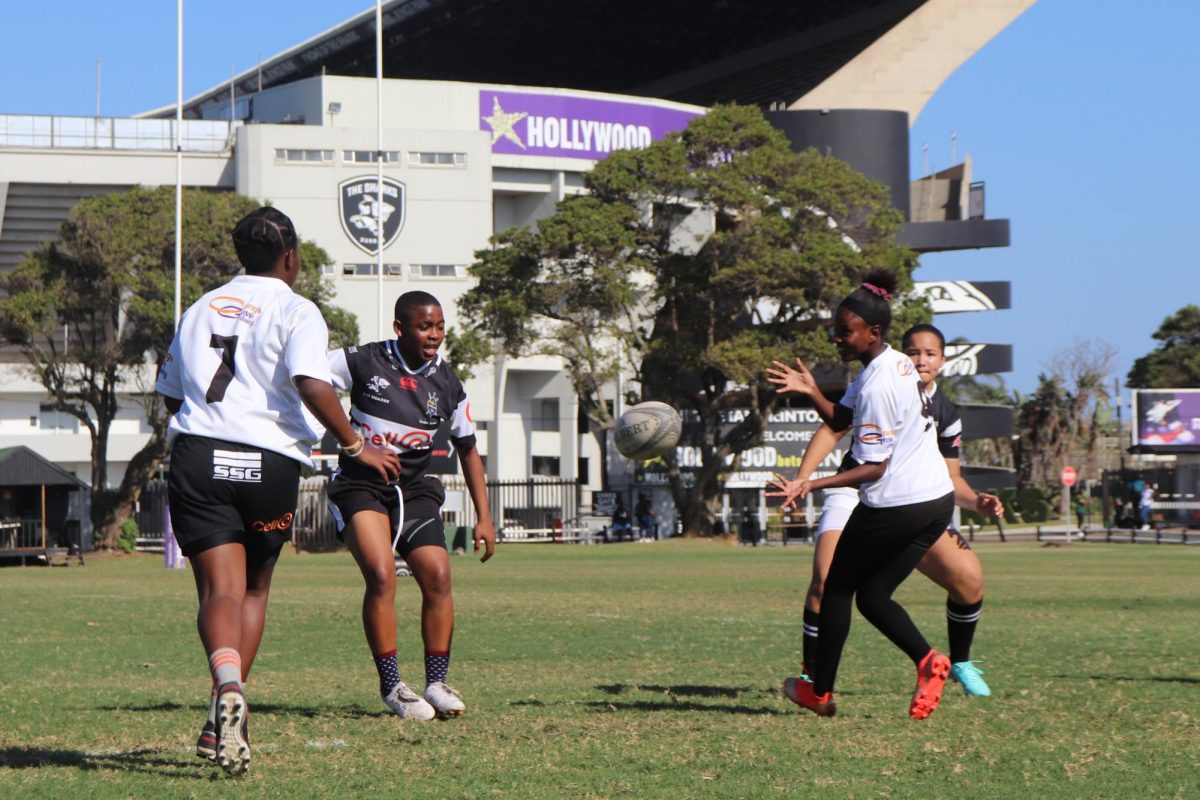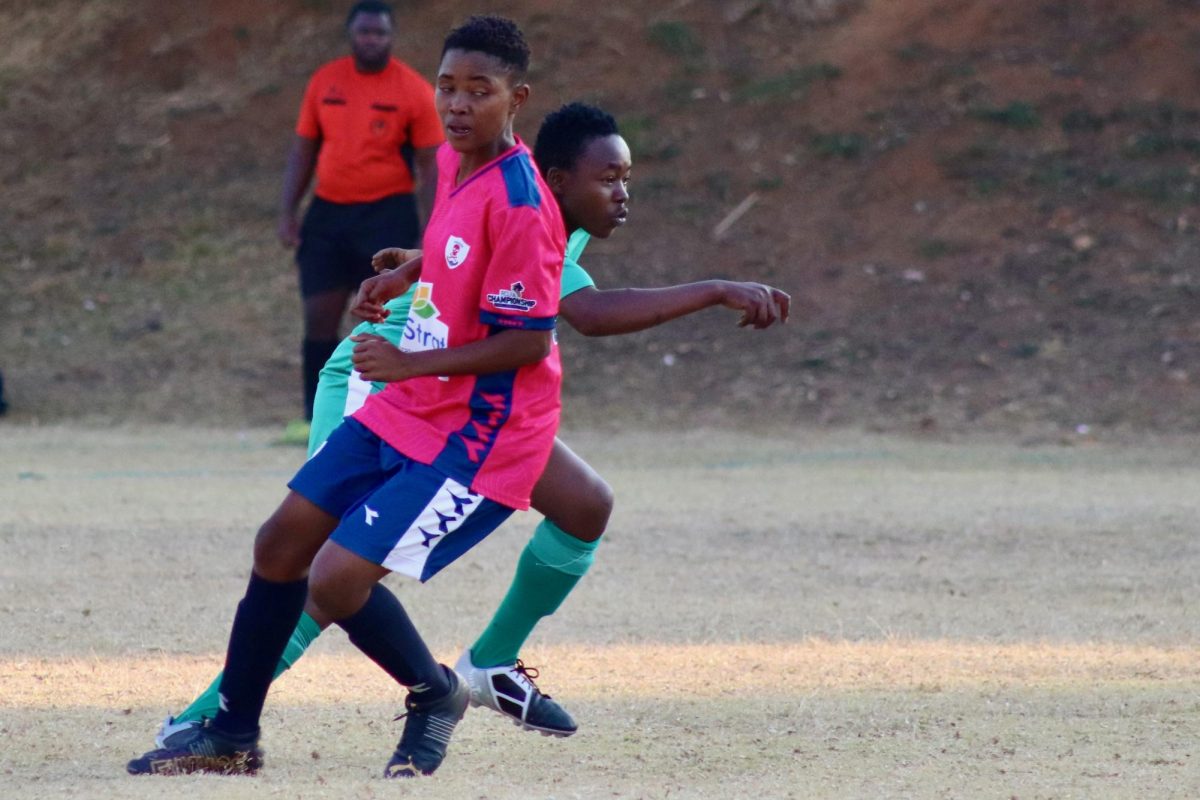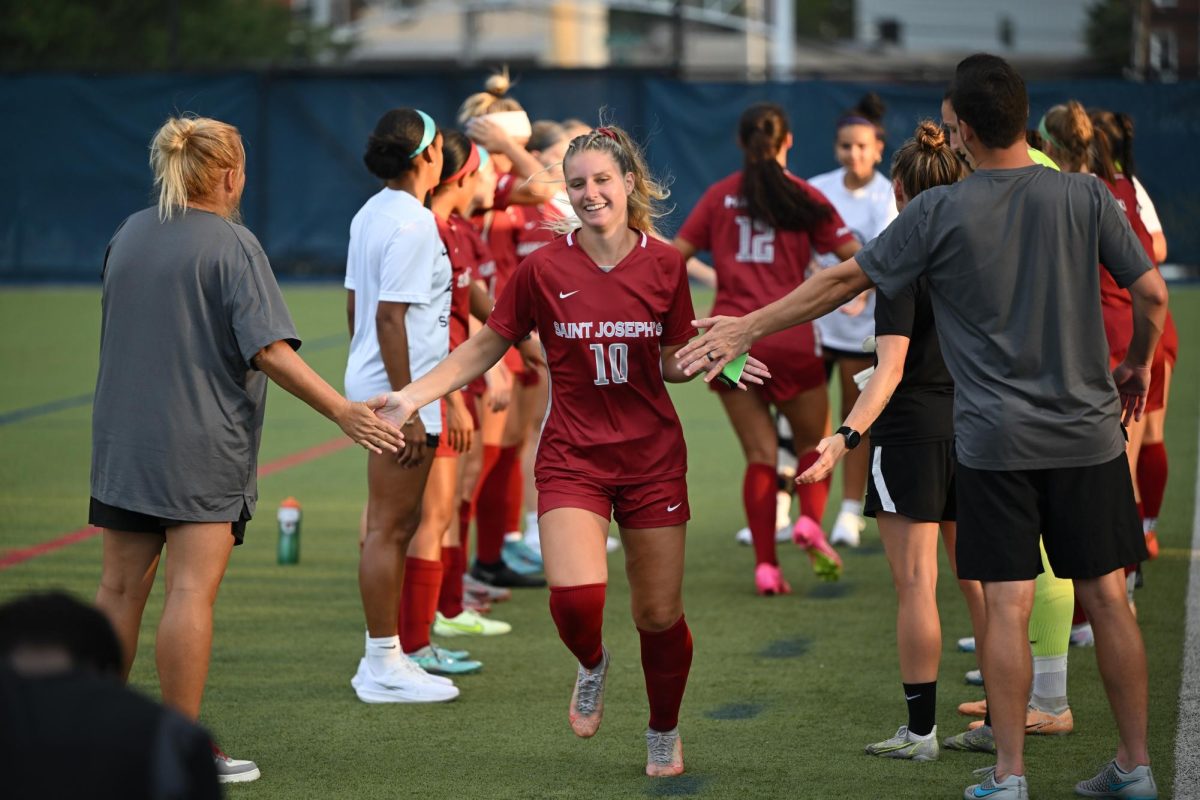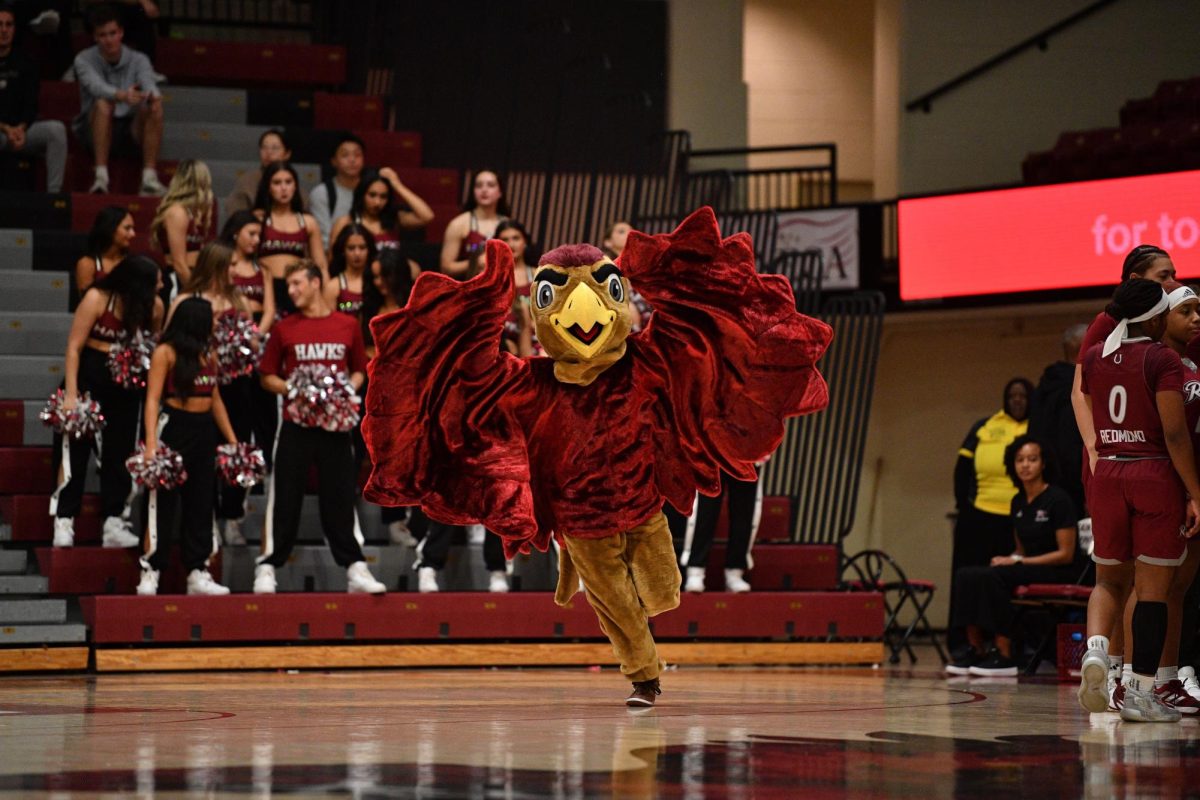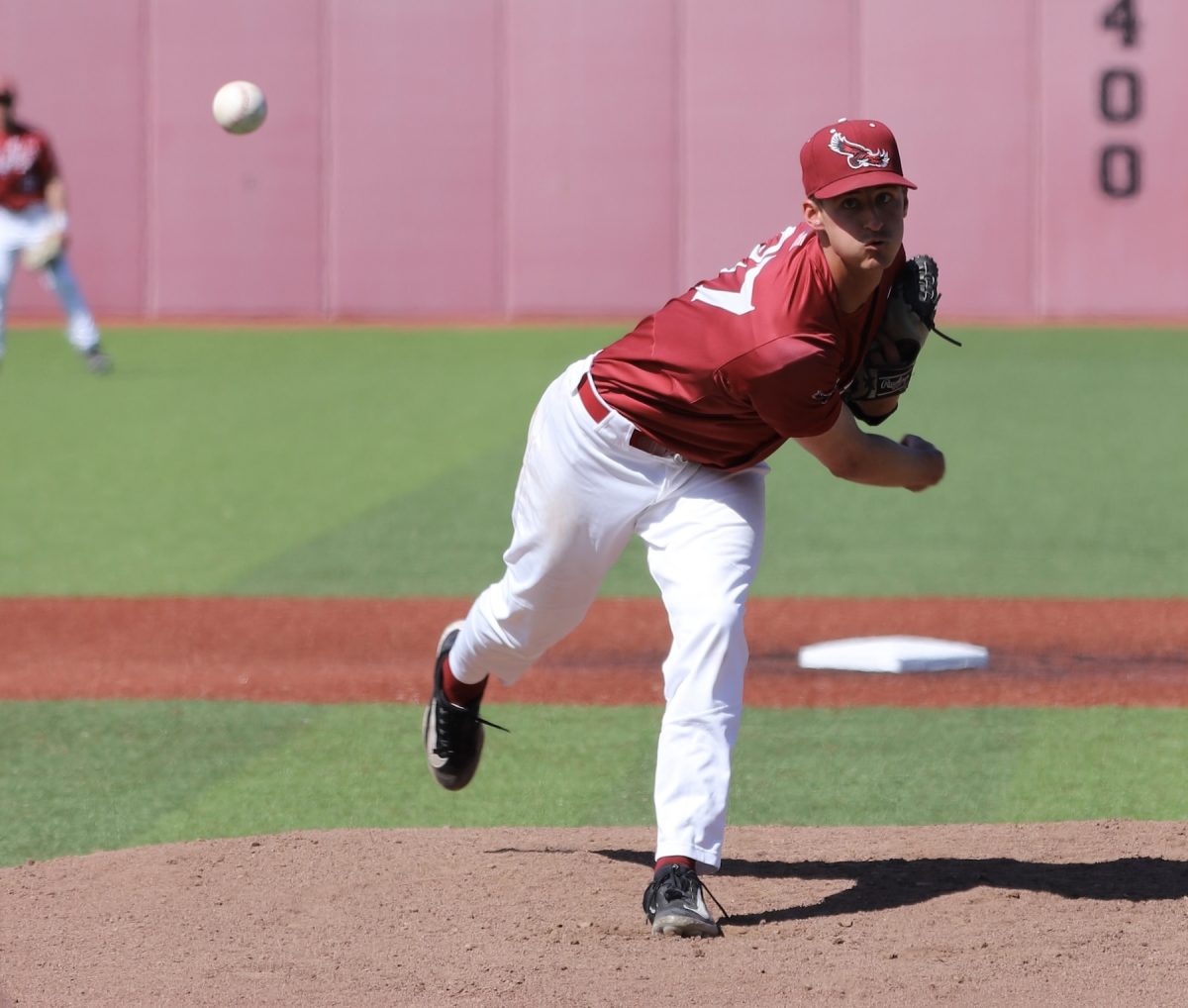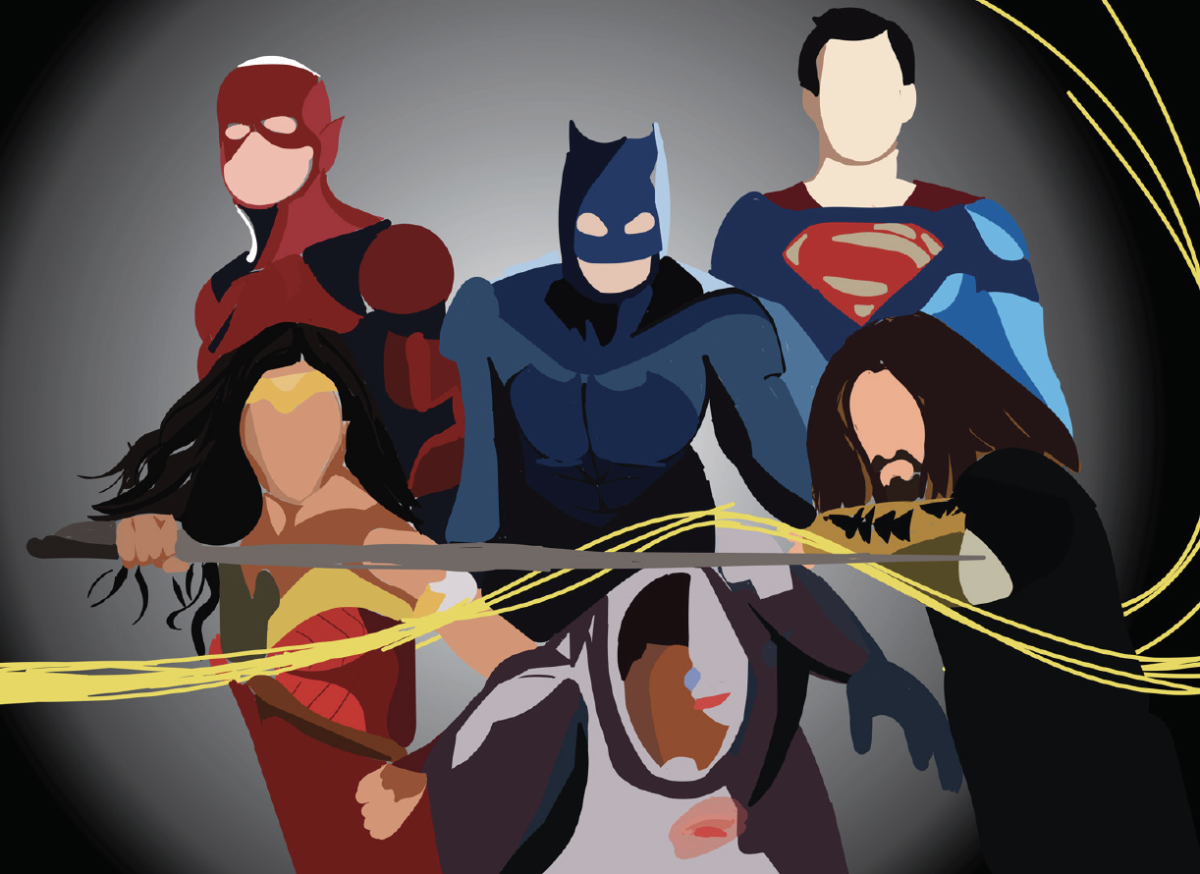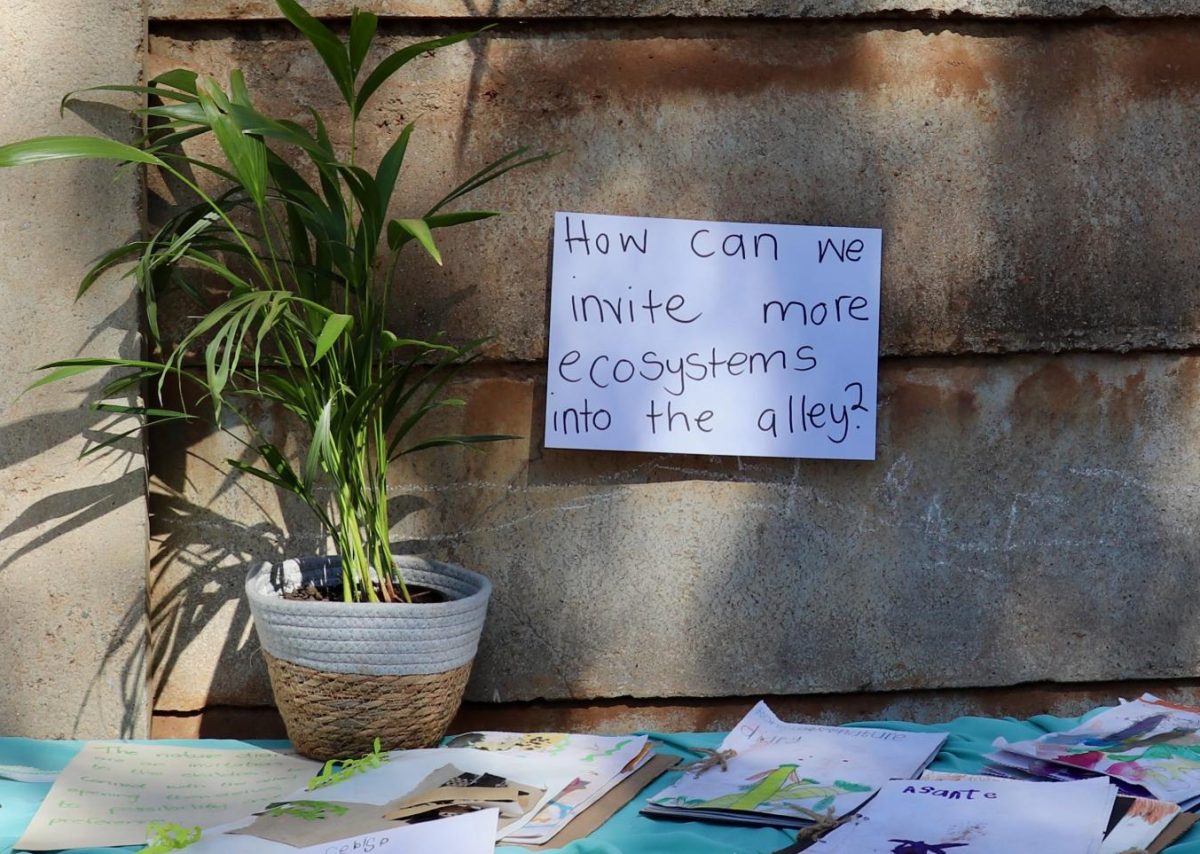The culmination of a three-year fan campaign, “Zack Snyder’s Justice League: Justice is Gray” is the unimaginably epic reimagining of 2017’s “Justice League” that finally brings the true vision of Zack Snyder’s DC Universe to life. The four-hour film stars Ben Affleck, Henry Cavill, Gal Gadot, Ray Fisher, Jason Momoa, Ezra Miller, Ray Porter and Ciarán Hinds. It is currently available to stream on HBO Max.
On a general basis, the plot is structurally identical to its Joss Whedon-directed counterpart. Several months after the events of “Batman v Superman: Dawn of Justice,” Bruce Wayne, played by Affleck, fears that Earth is defenseless due to the death of Superman. He teams up with Diana Prince, played by Gadot, to put together a team of superbeings that can take the place of the fallen Man of Steel.
His suspicions are soon proven correct, as Earth comes to face its biggest threat yet in the form of Steppenwolf, a mighty world conqueror from the planet Apokolips. The alien warlord’s mission is to gather three ancient and powerful artifacts called the Mother Boxes, which will generate enough power to terraform the planet and destroy the human race when combined. The only thing standing in his way is the Justice League, whose only chance at victory may require them all to make the ultimate sacrifice.
Though both films may share a plot, they differ wildly in their execution. Whedon has many acclaimed action films to his credit, such as “The Avengers,” but his vision of the film fell far short of fan expectations. This was in large part due to the stark contrast between his and Snyder’s directorial styles. Exacerbating this dilemma was the studio’s insistence that runtime not exceed two hours, a mistake not repeated here as “Zack Snyder’s Justice League” clocks in at just over four hours. The result was a tonally confused and superficially plotted experience with inconsistent special effects and thin characters. As much as the DC Extended Universe (DCEU) may have needed a course correction, 2017’s “Justice League” felt utterly disconnected from what had come before and failed to endear audiences to its titular characters.
On the other hand, Snyder’s vision is a far more organic evolution of the ongoing story he began with his previous two films. For example, while Steppenwolf simply showed up on Earth in the original, here his arrival is an explicit consequence of Superman’s death. While tonally lighter than “Man of Steel” and “Batman v Superman,” it still employs the darker, more serious atmosphere that Snyder is known for and therefore feels like less of a departure. Superman’s character had previously been revised in Whedon’s take to be closer to his comic book counterpart, but here his personality is consistent with his prior DCEU appearances.
The opening scene, recreating the climax of the battle against Doomsday, is a magnificent sight to behold and a perfect introduction to the visual storytelling of Snyder. No other director has been able to capture the sheer grandeur of superheroes the way Snyder has. He infuses all of the action scenes with not only dazzling effects and fight choreography but also a distinctive sense of scale, as if the audience is witnessing the unfolding of a modern Greek epic.
Compared to the theatrical version, there is far more creativity and teamwork between the League members in the fight scenes, correcting a long-term criticism of DCEU films. While many have complained of Snyder’s overuse of slow motion, there’s no denying that slowing down some of these grander moments allows their scope and beauty to sink into the viewer. The highlight of the film is easily the final battle, culminating in a show-stopping, instantly iconic climax that will fully redeem Snyder in the eyes of even his harshest critics.
However, even the best action scenes would be empty of an impact without compelling characters to care about. Luckily for us, “Zack Snyder’s Justice League” brings far more depth and humanity to its main cast than its theatrical counterpart.
The character that benefits the most from this is Cyborg, played by Fisher. Due to the extensive cuts made to the original movie, the character was seen as one-dimensional and boring, failing to stand out from his more iconic teammates. His powerset was also vaguely defined and seemed to change at the convenience of the plot. With the advantage of a four-hour run time, Cyborg instead becomes the heart of the film, finally giving Fisher the chance to bring the character to life with all the depth and vulnerability that Snyder had envisioned. Rather than simply being told his backstory, we are actually shown his previous life, including his relationship with his mother and the football career he was forced to leave behind. Cyborg’s abilities are clearly laid out in a visually inspired sequence that establishes him as one of the most powerful superheroes in the DCEU.
With expanded screen time, the rest of the League is similarly fleshed out. Miller’s Barry Allen is thankfully excised of most of the cringe-worthy “humor” that plagued his last appearance and is able to shine as a far more interesting character than before. Like Cyborg, the full extent of his powers is expanded upon and ultimately plays a critical role in the climax. Momoa’s Aquaman is given the chance to have deeper interactions with other characters and form a more rounded personality, even though a great deal of his new scenes do not exactly serve a purpose outside of looking cool.
The characters least changed from the theatrical cut are Batman and Wonder Woman. While it was a wise decision for the film to focus on exploring the newly introduced characters, and Gadot and Affleck do deliver great performances, it does leave something to be desired in regards to the character development of two of DC’s biggest superheroes.
For Wonder Woman, she is mostly relegated to giving exposition and showing up in admittedly entertaining fight sequences. Though Batman shows some growth from his cynical and ruthless attitude from “Batman v Superman,” his shift from a cold and rational pragmatist who was willing to kill Superman, to a wide-eyed idealist who cannot stop singing the Man of Steel’s praises does feel a little forced. Not helping is that because this version of Batman was introduced so late into his career, large portions of his backstory are missing that could have given a better context to his actions and personality.
“Zack Snyder’s Justice League” was more than worth the three-year wait. It is a resounding victory for both fans and director Snyder, who dedicates the film to his late daughter Autumn. Though some may be intimidated by its lengthy run time, it more than justifies it by providing a bombastic action, complex characters and an impactful, emotionally resonant story.
Rating: 8 out of 10 Hawks


